Introduction: The City as a Living Organism
Imagine walking through a city for the first time. As you move, you instinctively follow streets that seem to lead somewhere important, recognize districts that feel distinct, notice edges that define boundaries, and identify key landmarks that orient you. Whether you realize it or not, you are experiencing the city through the five fundamental elements of urban design: paths, edges, districts, nodes, and landmarks.
These elements, identified by urban planner Kevin Lynch in his seminal book The Image of the City (1960), are the building blocks of how people perceive and navigate urban spaces. They define the structure of cities, shaping how we experience and interact with them. But more than just physical features, these elements influence how we feel, behave, and connect with the places where we live, work, and play.
Let’s dive into each element and explore how they create the urban landscapes that define our daily lives.

Aerial photography of city
1. Paths: The City’s Circulatory System
Definition
Paths are the channels of movement in a city—streets, sidewalks, railways, bike lanes, and even rivers that guide how people move from one place to another.
Role & Examples
They are the most common element of urban design, as they dictate navigation and accessibility. Well-designed paths create efficient, safe, and pleasant journeys. Think of the Champs-Élysées in Paris, Broadway in New York, or the Grand Canal in Venice—each acts as both a functional route and a defining feature of the city’s identity.
In suburban areas, winding roads make navigation less intuitive, while in planned cities like Barcelona’s grid system, streets are laid out for maximum efficiency and ease of movement.
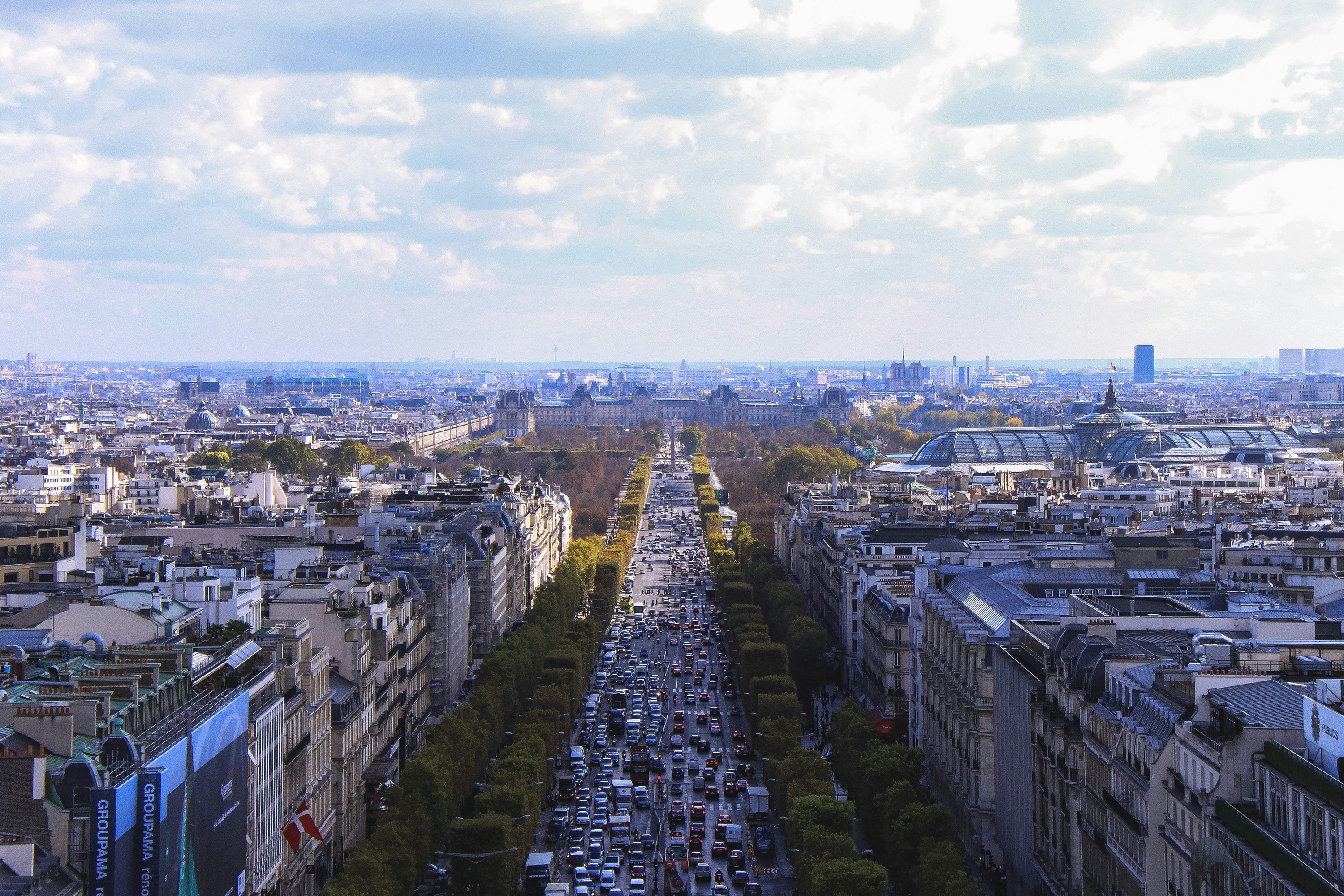
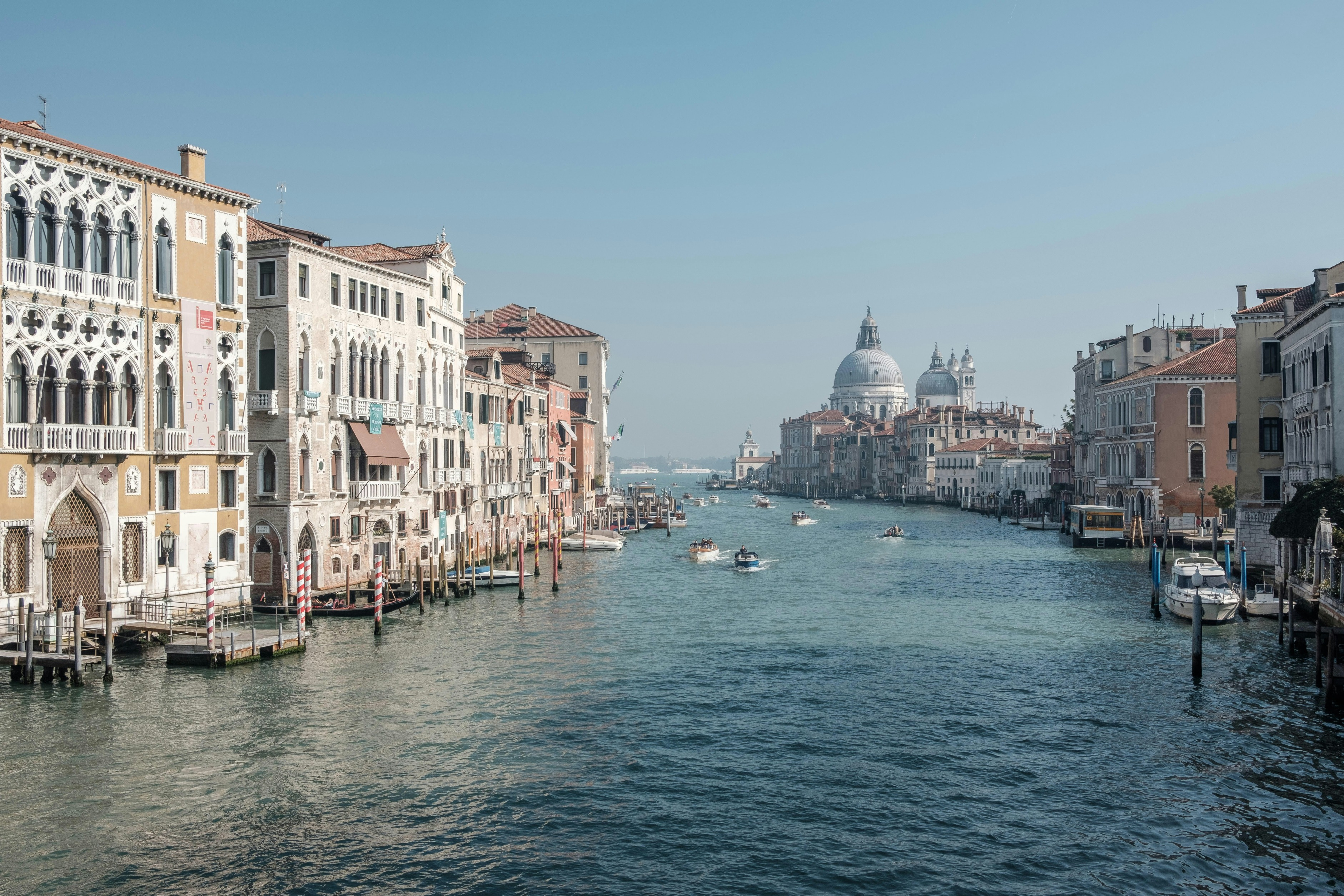
Champs-Elysees - Paris Canal Grande - Venice
How They Shape the City
Paths influence how we experience a place. A city with well-connected, pedestrian-friendly streets feels welcoming and vibrant, while one dominated by highways can feel isolating. Pedestrian-only paths, like La Rambla in Barcelona, foster social interaction, whereas car-dominated streets, like those in Los Angeles, prioritize speed and efficiency over community.
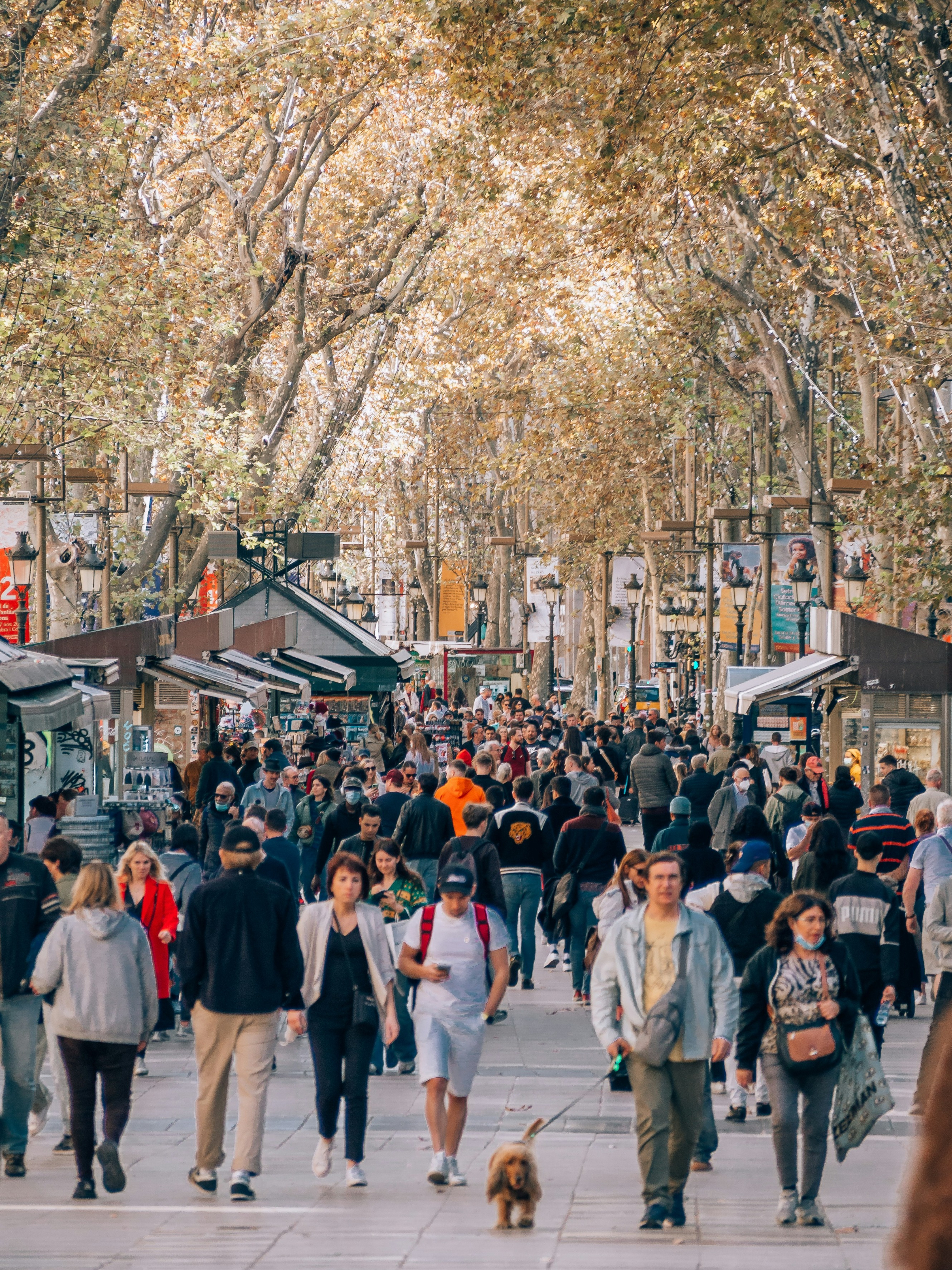
La Rambla - Barcelona
Interaction with Other Elements
Paths connect districts, intersect at nodes, are often defined by edges, and lead to landmarks. When paths are well-integrated, they make cities more livable and intuitive.
2. Edges: The City’s Boundaries and Transitions
Definition
Edges are the boundaries between different parts of a city. They can be physical barriers like rivers, walls, highways, or conceptual divisions between districts.
Role & Examples
Edges define spaces and influence movement. Natural edges like the River Thames in London separate north from south, while built edges like the Berlin Wall once physically and politically divided a city.
Edges can also be psychological boundaries—a shift from a busy commercial street to a quiet residential neighborhood can feel like crossing an invisible line.
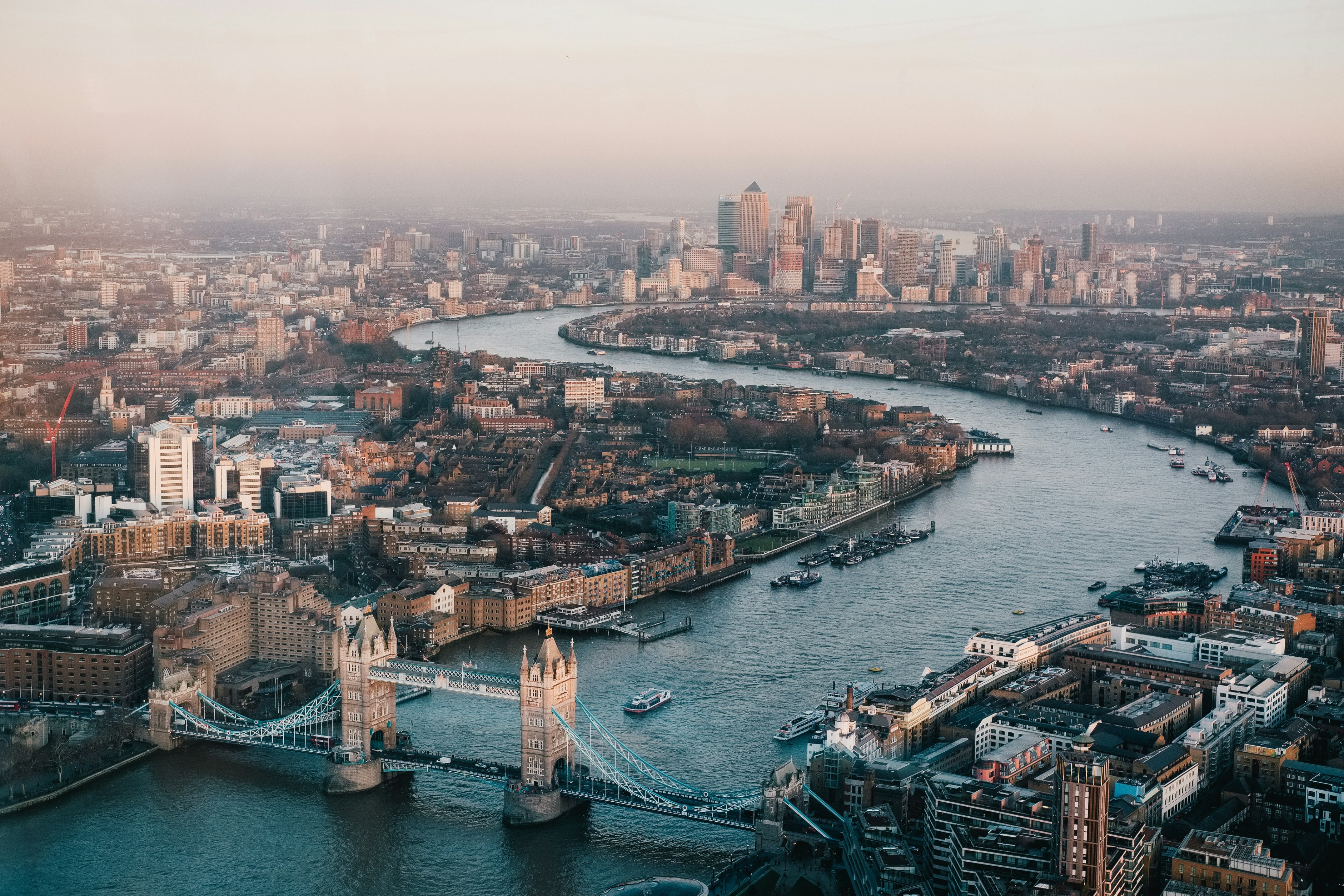
River Thames - London
How They Shape the City
Edges provide clarity and identity to different parts of a city. A well-defined waterfront, like Chicago’s Lake Michigan shoreline, can serve as both a natural edge and a major public space. Highways, however, often act as barriers that divide communities rather than connect them.
Interaction with Other Elements
Edges help define districts and shape how people perceive them. A clear edge can make a district feel cohesive, while a poorly defined edge can create confusion or fragmentation.
3. Districts: The City’s Identity Zones
Definition
Districts are areas with distinct identities—neighborhoods, business hubs, cultural quarters, or historical centers.
Role & Examples
Districts provide a sense of place and belonging. In New York, Midtown is defined by its skyscrapers and corporate offices, while Greenwich Village has a historic, bohemian feel. Cities often have distinct cultural districts like Chinatown in San Francisco or Little Italy in Toronto, each offering a unique experience.
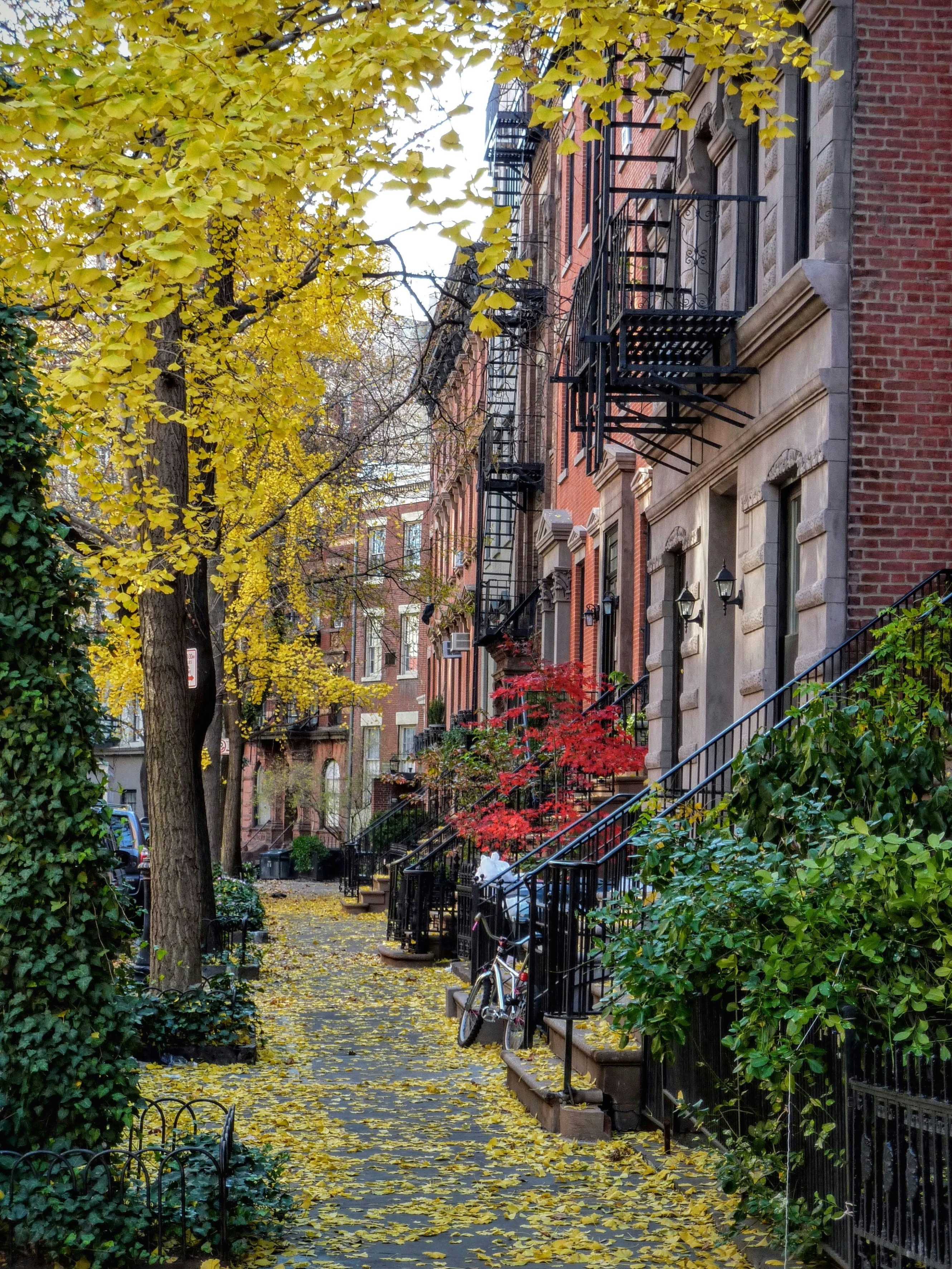
Greenwich Village - NYC
How They Shape the City
People associate cities with their most iconic districts—imagine Tokyo without Shibuya, London without Soho, or Rome without Trastevere. Districts give cities character, defining their social, economic, and cultural fabric.
Interaction with Other Elements
Districts are shaped by edges that define their boundaries, connected by paths that allow movement between them, and often centered around nodes or landmarks that make them easily recognizable.

Shibuya - Tokyo
4. Nodes: The City’s Gathering Points
Definition
Nodes are focal points in a city—major intersections, squares, transport hubs, or public spaces where people gather and interact.
Role & Examples
Nodes serve as meeting points and wayfinding markers. Think of Times Square in New York, Shinjuku Station in Tokyo, or Piccadilly Circus in London—each is a major node where people converge, creating energy and activity.
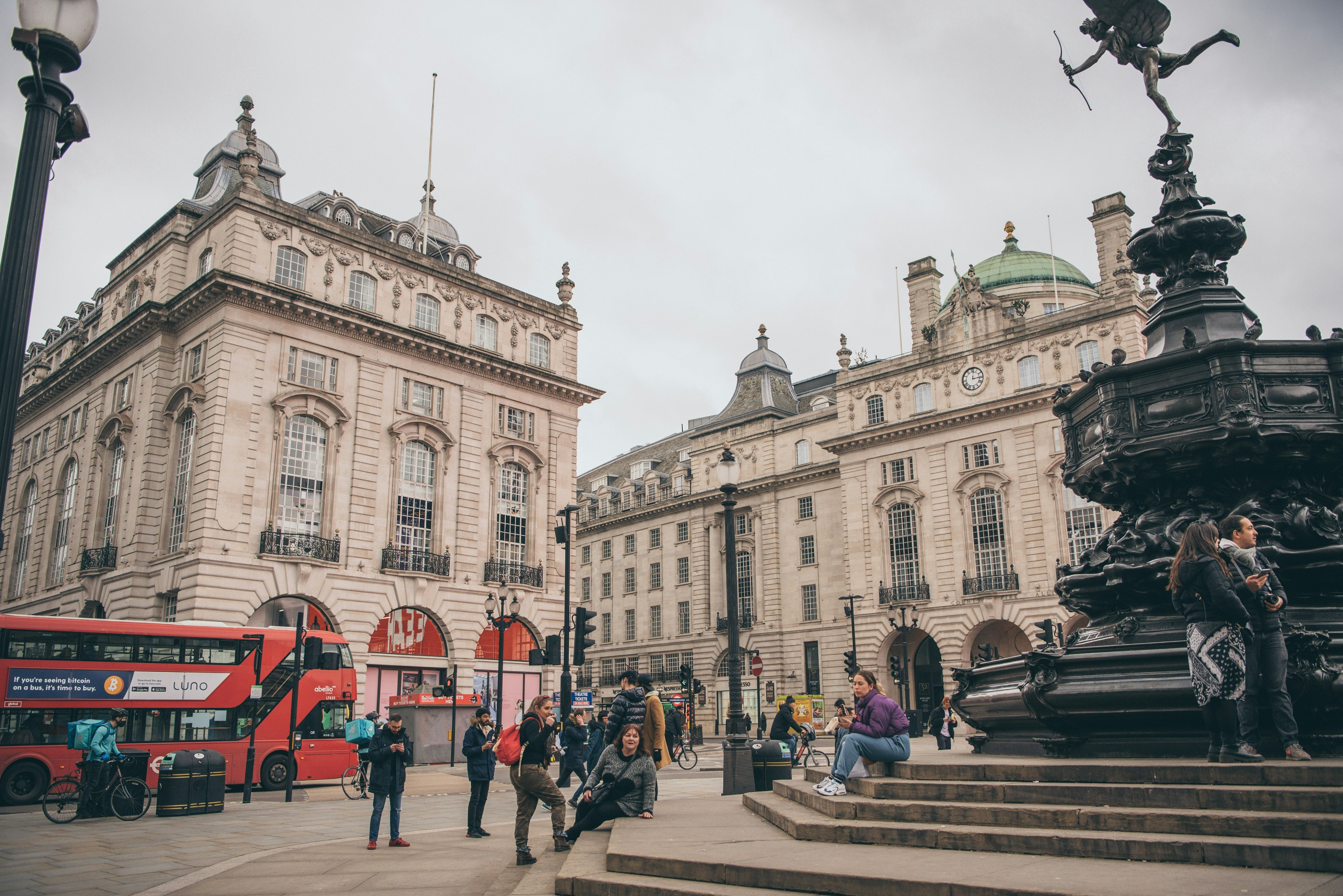
Picadilly Circus - London
How They Shape the City
Well-designed nodes encourage public life. A lively plaza with seating, shops, and cultural attractions, like Piazza Navona in Rome, invites social interaction. A poorly designed node, such as a traffic-heavy roundabout, can feel chaotic and uninviting.
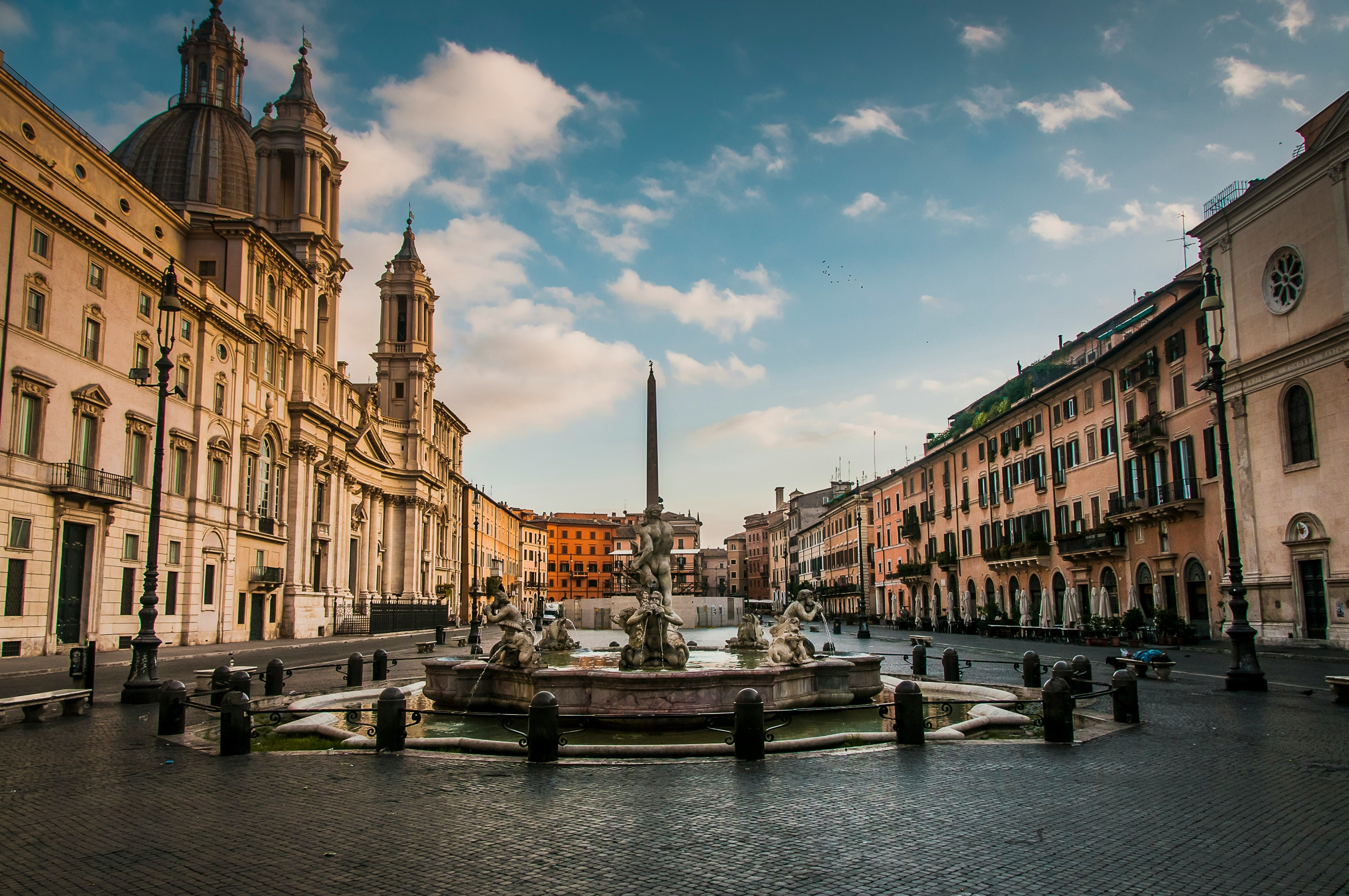
Piazza Navona - Rome
Interaction with Other Elements
Nodes are often found at the intersection of paths, act as anchors for districts, and sometimes feature major landmarks that help with navigation.
5. Landmarks: The City’s Memory and Orientation Points
Definition
Landmarks are distinctive objects or structures that help people orient themselves within a city. They can be natural (mountains, rivers) or man-made (monuments, towers).
Role & Examples
Landmarks provide identity and mental maps for navigation. The Eiffel Tower in Paris, Big Ben in London, and the Sydney Opera House are not just tourist attractions; they are key reference points that help people understand their surroundings.
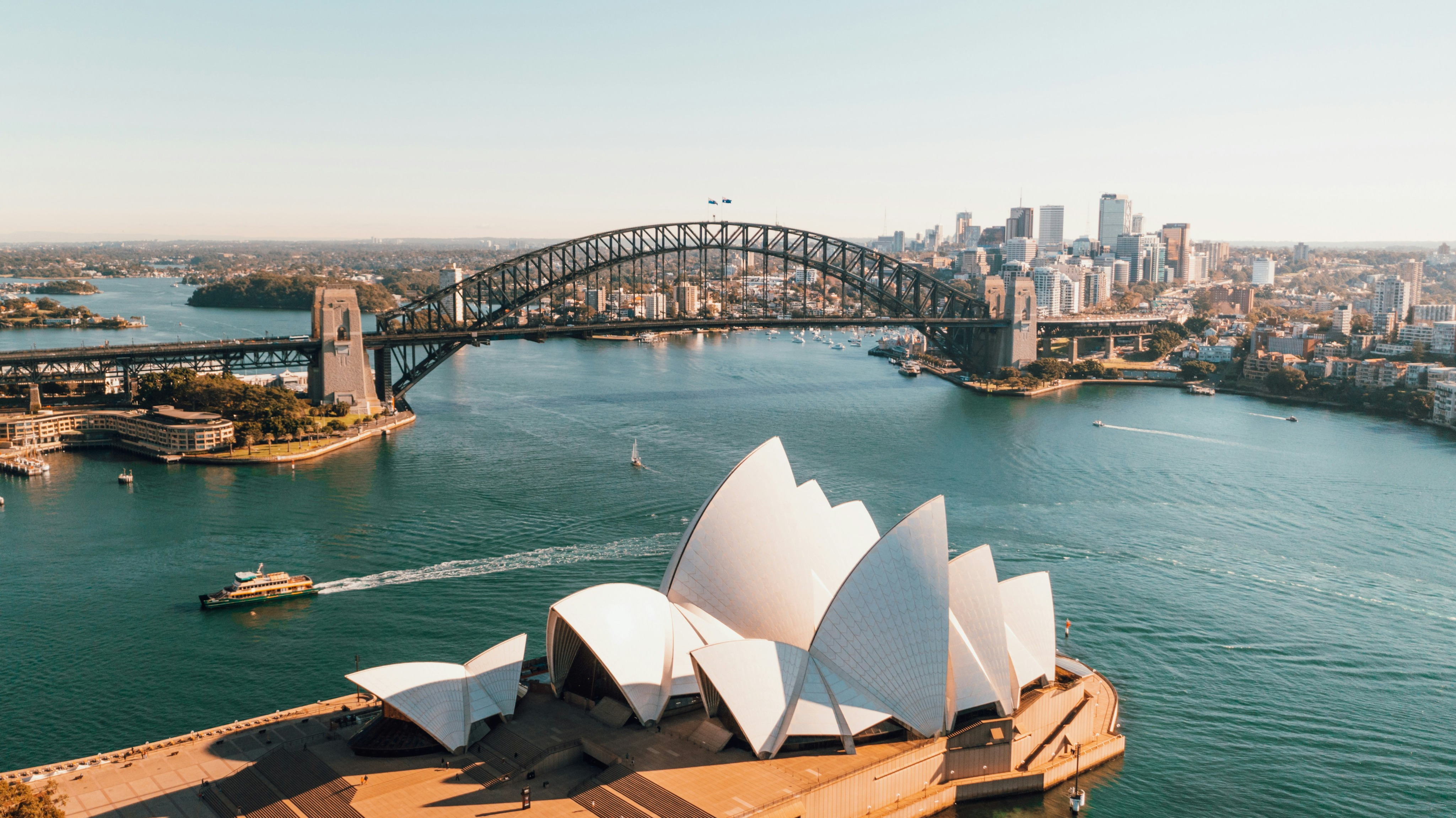
Opera House - Sydney
How They Shape the City
A well-placed landmark can turn an ordinary space into a memorable one. A city without landmarks lacks identity and cohesion. They also influence real estate value—properties near famous landmarks are often more desirable.
Interaction with Other Elements
Landmarks are often located at major nodes, define districts, and can mark the end of a significant path. Their presence reinforces the city’s structure and helps people navigate intuitively.
Bringing It All Together: The City as a Symphony
Imagine you’re walking through a city.
You start on a path, a lively boulevard lined with cafes.
As you stroll, you cross a clear edge, transitioning from a commercial district into a quiet residential area.
You enter a charming district, known for its historic architecture and vibrant art scene.
At the heart of the district is a bustling node, a lively plaza where street performers entertain crowds.
Towering above is a striking landmark, a historic clock tower that has watched over the city for centuries.
Each element plays a crucial role in shaping how people experience the city. When they work together harmoniously, they create places that are not just functional, but alive with meaning, culture, and emotion.
Conclusion: The Human Side of Urban Design
Cities are not just collections of buildings and streets—they are living, breathing environments that shape our daily lives. The five elements of urban design—paths, edges, districts, nodes, and landmarks—work together to create cities that are navigable, meaningful, and enriching for those who inhabit them.
By understanding these elements, urban designers, architects, and planners can craft spaces that foster connection, enhance well-being, and make cities more vibrant and human-centered.
After all, a well-designed city is not just one that looks good on a map—it’s one that feels like home.










